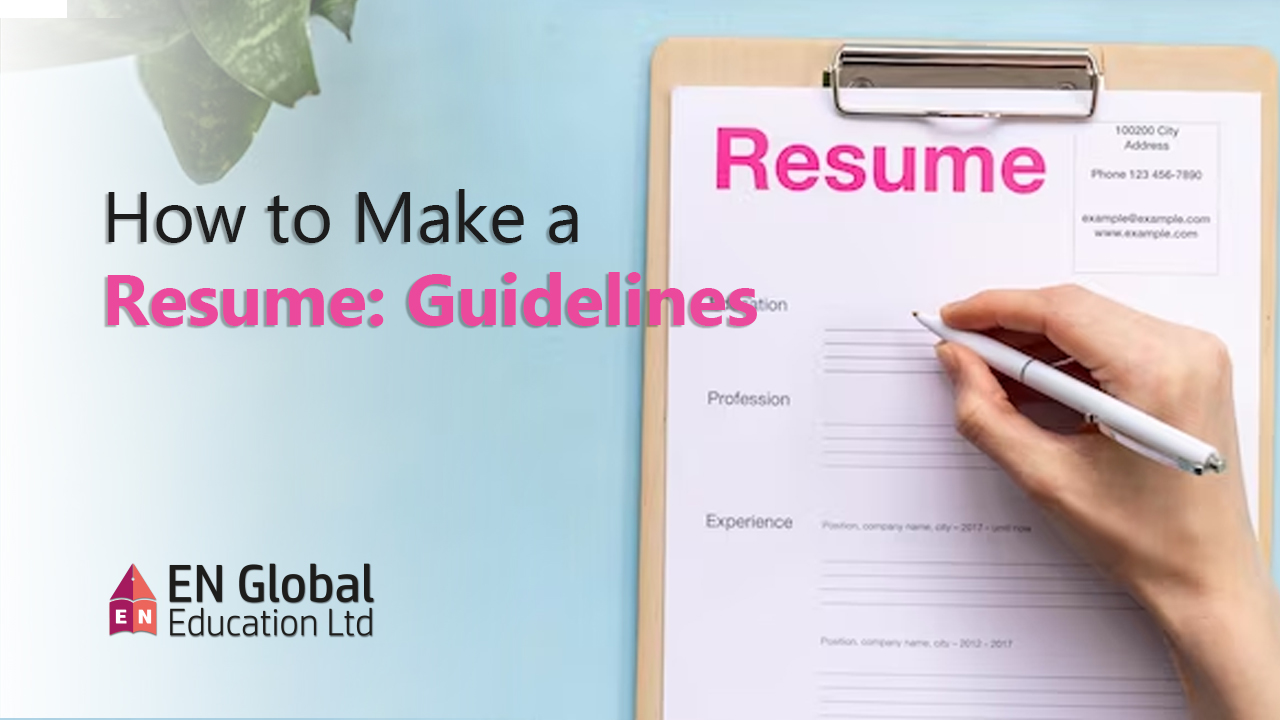Choose the Right Resume Format
There are three resume formats:
Chronological, Functional and Combination Resume.
A chronological resume has a classic resume layout, emphasizing your work experience and professional accomplishments. A functional resume puts greater emphasis on your skills and qualities, hence the secondary name, skills-based resume. Lastly, a combination resume that’s a hybrid of the two. It highlights your experience and skill set. It’s best for professionals with plenty of relevant experience to show off.
Preparing the Resume
Technicalities
- Create even margins on your resume. 1-inch on all sides.
- Set a legible resume font for the text, like Arial, Calibri, or Verdana, in 10–12 pts. For headings, use 13–14 pts in font size.
- Use single or 1.15 line spacing. And add an extra line before and after a heading.
- Exceed a resume’s page limit only when unavoidable. Stick to one page for the best results.
Sectioning
- Start with a resume header. Make it distinctive to highlight your name and contact information.
- Organize your resume sections in the following order: summary/objective, work experience, education, skills, and extras.
- Use bullet points for your entries under each section.
- Find resume icons for each section or skip them altogether.
File format
See what the job ad says. Look for a preferred file formatting (PDF or .docx) in the job description and send accordingly. Name your resume file by including the job title first, then the word resume, and lastly, your full name, separated by hyphens or underscores.
2. Add Your Contact Information and Personal Details
Contact Information to Include
Name, Job title, Phone number, Email address, Include your LinkedIn profile or URL (if available).
Contact Information to Leave Out
Second email or phone number: A second email address, mailing address, or phone number will just confuse them (and you).
Photo/headshot: In some countries such as USA, Canada, photos are acceptable only for jobs where appearance is part of it, like acting or modeling.
3. Start with a Heading Statement (Resume Summary or Resume Objective)
You need a statement that paints an attractive image of your candidacy.
4. List Your Relevant Work Experience & Key Achievements
Recommended way to build your work experience section:
Job title, Company, city, and/or state, Dates employed, Key responsibilities, Key achievements.
5. Reference Your Education Correctly
Put Degree, University, Dates attended in sequence.
If you’re writing an entry-level resume, consider adding the following:
Completed credits if your education is ongoing or unfinished. (Some college on a resume is better than none.), Relevant coursework and major and minor to exhibit your knowledge of the subject matter, Latin honors or your awards (e.g., making the Dean’s List) to show your commitment to growth, Relevant extracurricular activities for proof of job-related skills.
6. Put Relevant Skills That Fit the Job Ad
Communication skills, Leadership skills and management skills, Critical thinking skills, Organizational skills, Transferable skills, Technical skills, Job-specific skills
7. Include Important Additional Resume Sections
Make your resume unique by including extra information such as, Hobbies & Interests, Volunteer Work, Internship Experience, Certifications and Awards, Languages, Projects, Publications etc.
8. Proofread & Double-Check
Double-check your resume before sending it out. Check Grammertical mistakes, content’s relevance etc.



